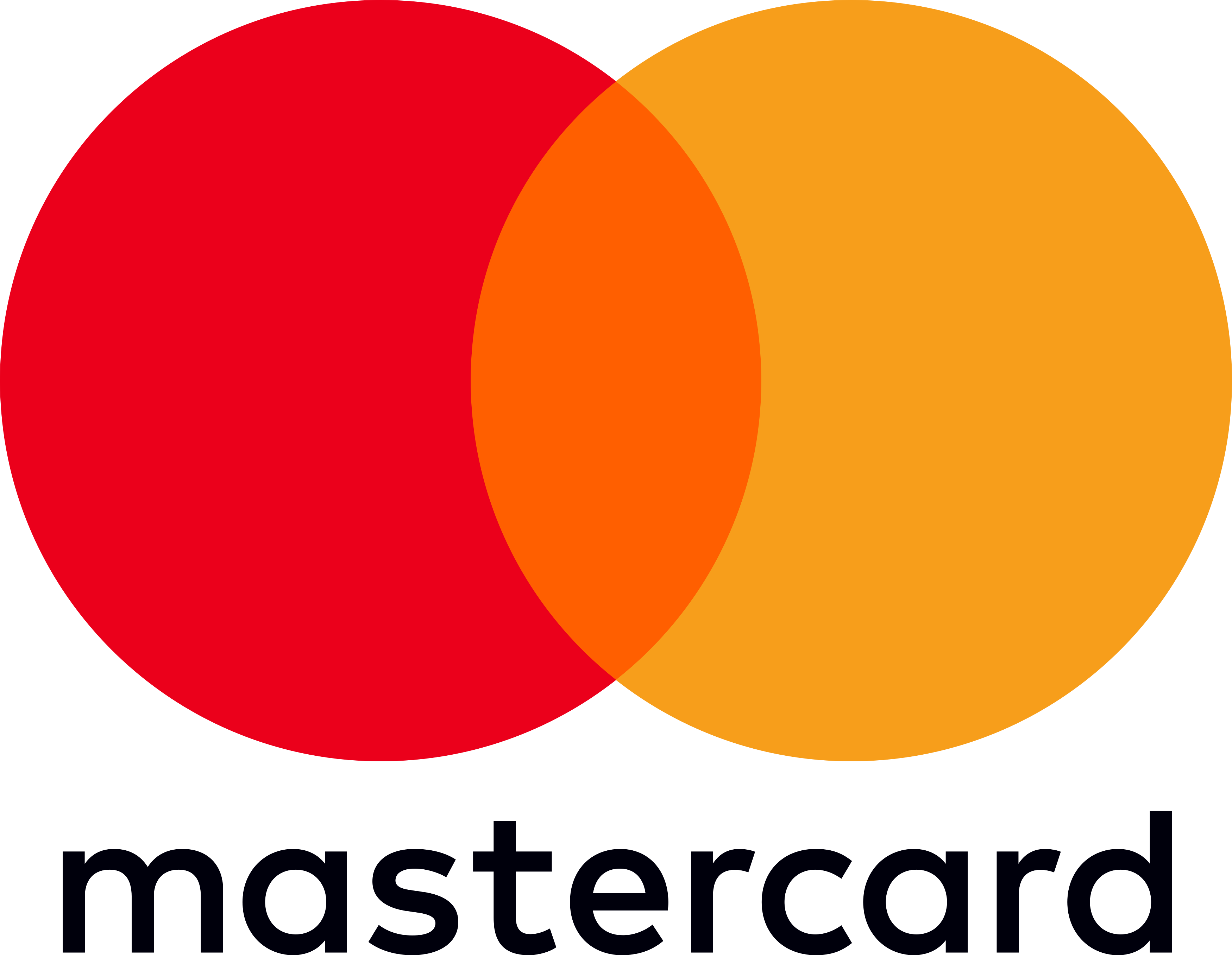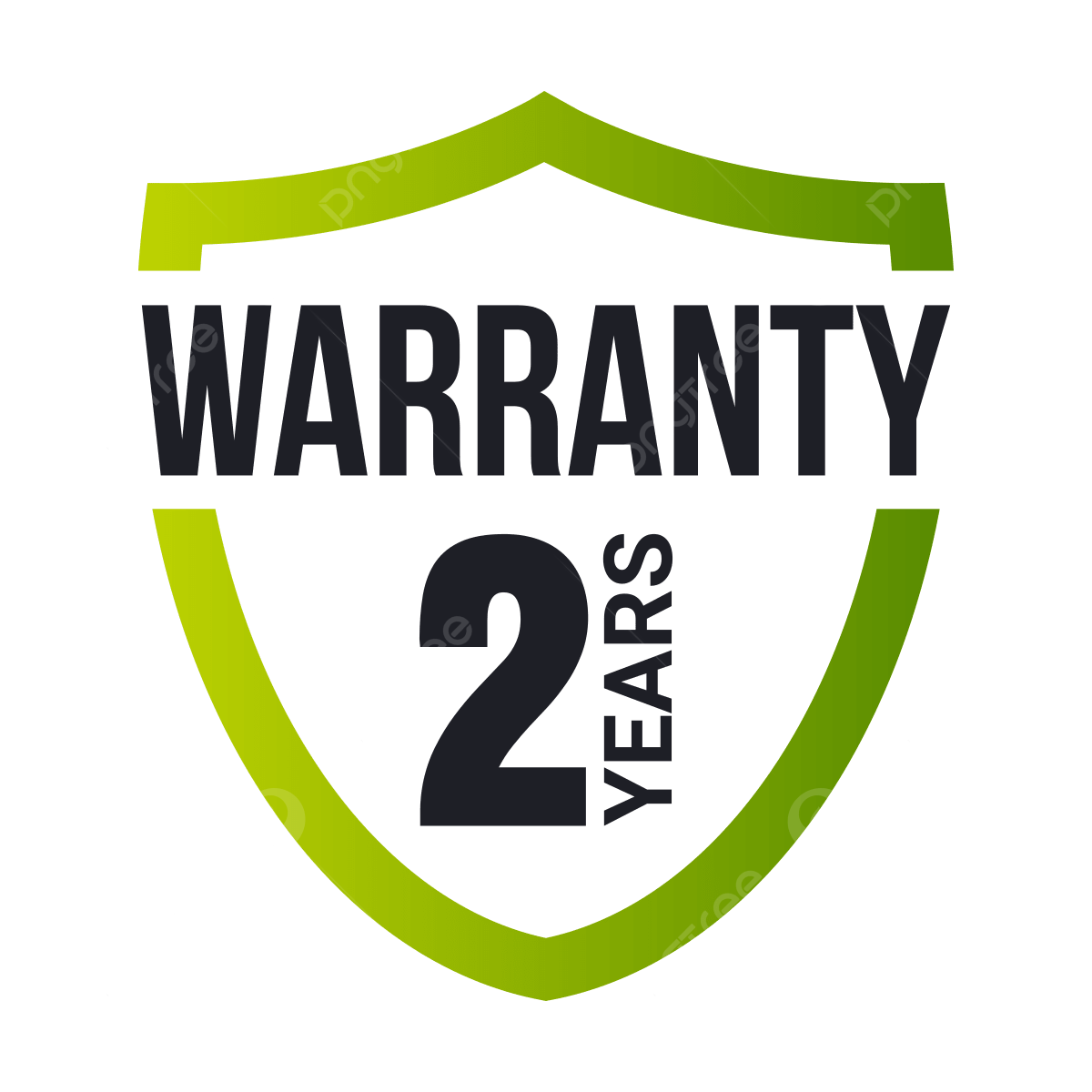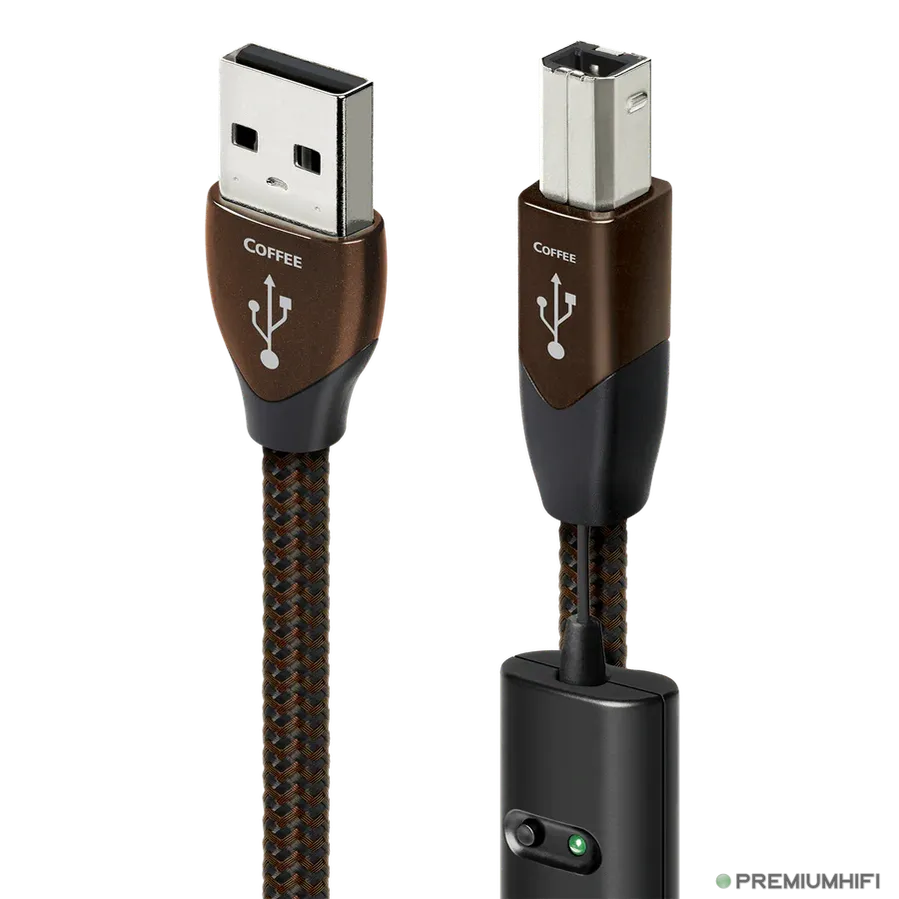Kava 72v DBS USB
Kava 72v DBS USB
 🚚 Dostava u 1-4 dana u Baltičkim zemljama. 2-8 dana EU
🚚 Dostava u 1-4 dana u Baltičkim zemljama. 2-8 dana EU
 💰 14 dana povrat
💰 14 dana povrat
 🔒 Sigurna uplata: PayPal, 💳kartica, račun
🔒 Sigurna uplata: PayPal, 💳kartica, račun
 🛡️Dostava osiguranje
🛡️Dostava osiguranje
 🟢 2 godine jamstva
🟢 2 godine jamstva
 🧱 Usluga instalacije
🧱 Usluga instalacije
💲Vidjeli ste bolju cijenu? Javite nam i mi ćemo je uskladiti.
Učitavanje dostupnosti preuzimanje nije moguće
Na lageru
Uvjeti isporuke
Uvjeti isporuke
- Način dostave: Standardno
Trošak dostave: - EU 25€
- LT, EST 6€
- LV 3€
- RU, SAD 200€
- Ostale zemlje 200€
- Obično se šalje 2 - 5 radnih dana nakon narudžbe
- Ponekad se šalje do 20 radnih dana, o čemu ćemo dodatno obavijestiti nakon narudžbe.
🟠 Porezi 🟠
🟠 Porezi 🟠
Cijene uključuju PDV za zemlje EU. Za zemlje izvan EU, cijene su prikazane bez poreza. Mogu se primijeniti dodatne carinske pristojbe. Molimo provjerite kod vaše lokalne carinske službe za detalje.
Kava USB-A > B
Kabel za digitalni audio visoke razlučivosti
Coffee USB ima vodiče visoke čistoće od 10% srebra i disipaciju buke na bazi ugljika za najučinkovitiju disipaciju radiofrekvencijske buke.
Tehnički podaci
Specifikacije za proizvod Kava USB-A > B
Metal
Čvrsto 10% srebro
Rasipanje buke
Disipacija buke na bazi ugljika za USB A - B i USB 3.0 A - 3.0 Micro
Izolacija
Teška pjena
Bitrate
Do 480 Mbps
USB verzija
USB 2.0 visoke brzine
Vlast
Do 5 Volta
Amperaža
500 mA
Isporuka energije
Ne
Vrsta signala
Digitalni
Dužina kabela
0,75 m = 2 ft 6 in
Vidi više
Opis
Čvrsti 10% srebrni vodiči
Čvrsti vodiči minimiziraju štetne učinke i električne i magnetske interakcije žica na žicu. Za digitalne kabele, čiji su signali tako visoke frekvencije da putuju gotovo isključivo po površini vodiča, sve deblji slojevi posrebrenja se primjenjuju na AudioQuestove dugozrnate bakrene (LGC) vodiče kako bi se dodatno poboljšala disipacija šuma. Postavljanje vrhunskog metala na vanjsku stranu vodiča daje najveću korist na cjelokupnu izvedbu - izvanredno isplativ način da se maksimizira digitalni kabel.
Biorazgradivi 3-slojni sustav za smanjenje buke
Lako je postići 100% pokrivenost štitom. Sprječavanje uhvaćene radiofrekventne interferencije (RFI) da modulira referencu uzemljenja opreme zahtijeva AQ-ov sustav raspršivanja šuma (NDS). Tradicionalni sustavi zaštite obično apsorbiraju i zatim odvode šum/RF energiju na uzemljenje komponente, modulirajući i izobličujući kritičnu "referentnu" ravninu uzemljenja, što zauzvrat uzrokuje izobličenje signala. NDS-ovi naizmjenični slojevi metala i sintetike s ugljikom "štite štit", apsorbirajući i reflektirajući većinu ove buke/RF energije prije nego što dospije do sloja spojenog na tlo.
72v Dielektrični-bias sustav (DBS)
Sva izolacija između dva ili više vodiča također je dielektrik čija će svojstva utjecati na cjelovitost signala. Kada je dielektrik nepristran, uključenost dielektrika (apsorpcija i nelinearno oslobađanje energije) uzrokuje različite količine vremenskog kašnjenja (fazni pomak) za različite frekvencije i razine energije, što je pravi problem za vrlo vremenski osjetljiv višeoktavni zvuk . Uključivanje RF zamke (razvijene za AudioQuestovu Niagara seriju energetskih proizvoda) osigurava da radiofrekvencijski šum neće biti induciran u vodiče signala iz DBS elemenata polja. (DBS, US patenti br. 7,126,055 i 7,872,195 B1)
Izolacija od tvrde pjene
Izolacija od tvrde stanične pjene (HCF) osigurava kritičnu geometriju para signala. Svaki čvrsti materijal u blizini vodiča zapravo je dio nesavršenog kruga. Izolacija žice i materijali tiskanih ploča apsorbiraju energiju. Dio te energije se pohranjuje i zatim oslobađa kao distorzija. Pjenasta izolacija s tvrdim ćelijama slična je pjenastom PE-u koji se koristi u našim pristupačnijim kabelima Bridges & Falls i ubrizgava se dušik kako bi se stvorili zračni džepovi. Budući da dušik (poput zraka) ne apsorbira energiju i stoga ne otpušta nikakvu energiju iz ili u vodič, izobličenje je smanjeno. Osim toga, krutost materijala omogućuje vodičima kabela da održavaju stabilan odnos duž cijele duljine kabela, proizvodeći stabilan karakter impedancije i dodatno smanjujući distorziju.
Upravljački vodiči
Sve izvučene metalne niti ili vodiči imaju nesimetričnu i stoga usmjerenu zrnatu strukturu. AudioQuest kontrolira rezultirajuću varijaciju RF impedancije tako da se buka odvodi dalje od mjesta gdje će uzrokovati izobličenje. Ispravan smjer se određuje slušanjem svake serije metalnih vodiča koji se koriste u svakom AudioQuest audio kabelu. Kada je primjenjivo, strelice su jasno označene na priključcima kako bi se osigurala vrhunska kvaliteta zvuka. Za većinu modela AQ kabela, strelice ne samo da pokazuju smjer koji optimizira usmjerenost metala kao dio disipacije šuma, već također označavaju nesimetrično pričvršćivanje oklopa i GND-a kako bi se optimizirale performanse cijelog sustava. Temeljni aspekt AudioQuest-ove višestruke tehnologije raspršivanja buke, dirigenti kontrolirani smjerom osiguravaju da se inducirana buka rasipa i ispravno odvodi.
Udio

Let customers speak for us
from 36 reviews
I never expected such transparency and spacious soundstage from an IEM.
Simply the best "portable" headphones. Pity it was discontinued.

🕺 TEAC AD-850-SE CD-player/Cassette/USB 🎵

🤘 AudioQuest BlueBerry 18 Dis 💯 HDMI cable

💿 Audiolab 9000CDT 🟢 CD Transport

FiiO FT1 PRO Over-Ear Wired Headphones

Lielisks pastiprinātājs! Lietoju viņu kopā ar austiņām "HifiMan Sundara" caur balancētu izeju.

Отличный фонокоректор порадовал звуком!
PremiumHIFI отличный магазин,отличный сервис!👍👍👍👍👍

REL Tzero MKIII Subwoofer

Decent device for the money!I am very satisfied with the purchase!Thanks to the PremiumHIFI store!

Отличный настольный ЦАП от FiiO..
Обслуживание на высшем уровне..
Магазину и Аркадию респект!..

Заказал здесь Wiim mini. Пришло за 2 дня. Проигрыватель очень понравился, выдаёт очень хороший звук и хорошую сцену (подключаю к ресиверу через оптический кабель, поэтому звук обрабатывает цап ресивера). Также стоит очень дёшево. Не понравилось только то, что многовато высоких частот (но уже привык или пропали). Рекомендую к покупке.

Ļoti labi cenai atbilstoši skaļruņi. Kad secināju ka manā set up vājš posms varētu būt tieši skaļruņi nomainot tos neesu kļudījies ne pārtērējies. Ar tiem kas klausās mūziku kurā basi nedominē varbūt iztiks bez sabvūfera. Un ja pārdomāšu savu stereo varēšu no Klipsh skaļruņiem būvēt Dolby Atmos, Spatial mājas kino! Un šīs vara krāsas skaļruņi!

The device is good quality and it sounds really great. But it has two issues.
You cannot switch between L/R channels. It lowers both channels volume. The issue is mentioned on FiiO website.
It has LineOut function, where device is playing on max volume and you can use your computer volume bar, but it is so loud that even on the lowest set it is screaming, so you have to choose another option and adjust volume on FiiO device instead.
I wish I knew it before buying.

.

Great product, excellent service - got it in 2 days after ordering to Lithuania. Thanks guys!





